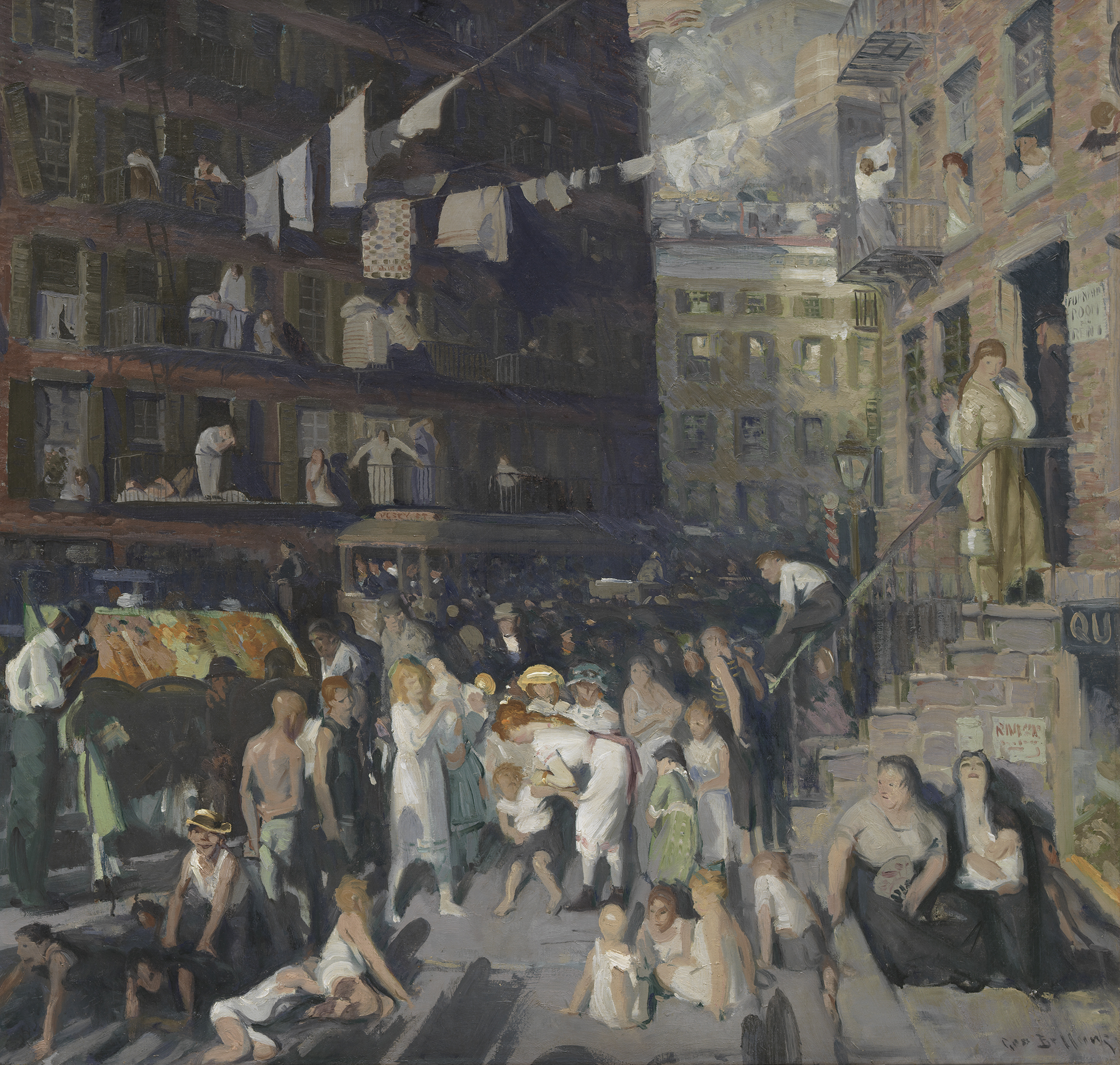
Cliff Dwellers, by George Bellows, 1913. Los Angeles County Museum of Art, Los Angeles County Fund.
The lawmakers were enchanted by the bald, ghostly pale man sitting before them. Harry Laughlin was a onetime high school principal with only a few years of formal science education. But to the members of the House Immigration Committee, he might as well have been unlocking the mysteries of the universe.
“The character of a nation is determined primarily by its racial qualities,” began Laughlin in his testimony on April 16, 1920, “that is, by the hereditary physical, mental, and moral or temperamental traits of its people.” Laughlin had traveled to Washington, DC, from the prestigious Cold Spring Harbor Laboratory on Long Island’s North Shore to share what he had learned from years of research. In the past, the country’s immigration policy had been crafted based on economic concerns—the need for more labor—but now Laughlin believed it was time to factor in the “eugenical element.”
Prospective immigrants needed to be visited in their hometowns, where officials could examine whether the prospective American “comes from an industrious or a shiftless family.” But the process should not end after admission, Laughlin argued. “As good Americans, concerned in the conservation of our country, we must follow up the immigrant’s process of naturalization and Americanization. If, because of insanity, feeblemindedness, moral turpitude, or shiftlessness, the immigrant does not make good, he should be deported.” Laughlin then shared with the lawmakers the latest science on “the problem of the moron,” laying out three categories of “the feebleminded.”
At the lowest level were “the idiots,” men who “have to be clothed in dresses, and wear diapers.” Just above them were “the imbeciles,” who cannot be trained to do work. Finally came “the morons,” who Laughlin conceded were “borderline cases,” with “the bodies of adults but the minds of nine- and ten-year-old children.”
Listening attentively, William N. Vaile, a Republican congressman from Colorado, interrupted Laughlin to ask how moron was spelled, so he could take notes. He was unfamiliar with the word, which had yet to enter the mainstream. “M-O-R-O-N,” said Laughlin, adding pedantically that it derived from the Greek word for “a foolish person.”
“A moron can slip through the immigration sieve, as it exists today, pretty easily,” he continued, and concluded later, “Our failure to sort immigrants on the basis of natural worth is a very serious national menace.”
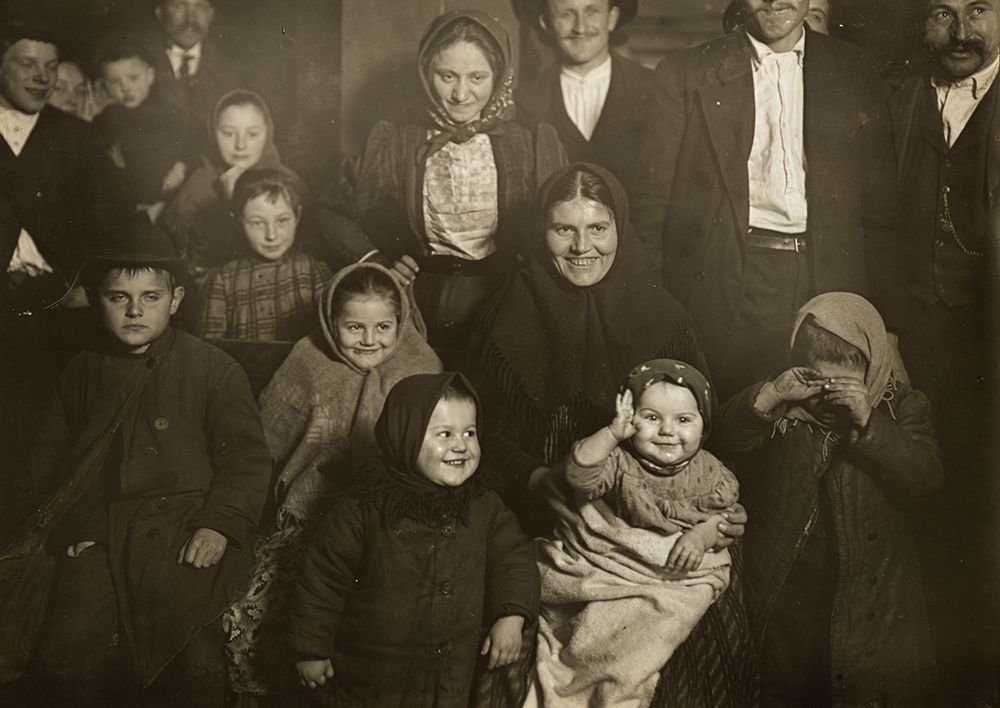
By the end of Laughlin’s testimony, the lawmakers were breathless in their praise. John C. Box, a Democratic lawmaker from Texas and the ranking minority member on the committee, said he hoped copies of Laughlin’s testimony would be “printed in such numbers that we can get as many as we want.” Some on the committee had been trying for years to manage the country’s immigration problem, guided by their instinct that something was wrong with allowing so many people who seemed different to arrive all at once. Now their suspicions were being confirmed by science. Albert Johnson, a Washington representative who chaired the immigration committee, immediately appointed Laughlin the committee’s own “expert eugenics agent,” so that members could ask him to conduct further studies.
They didn’t know it yet, but Laughlin’s work would provide justification for the key to the long-lasting immigration restrictions they had long sought: race-based quotas.
The rise of Nazi Germany would later destroy the reputation of eugenics and expose the movement as a dangerous racial ideology dressed in the garb of science. But in the first few decades of the twentieth century, eugenics captured the imagination of many of America’s leading intellectuals. In fields as diverse as economics, environmentalism, and social reform, people saw the potential for eugenics to improve the world by perfecting humanity. Among those who promoted the movement were Irving Fisher, the country’s leading economist; Margaret Sanger, the birth control crusader, who viewed eugenicists as potential allies in her cause; and Henry Fairfield Osborn, president of the American Museum of Natural History and a noted paleontologist who named both the Tyrannosaurus rex and the velociraptor.
The roots of the eugenics movement lay in Gregor Mendel’s groundbreaking research into different varieties of peas. Working at an Augustinian monastery at Brünn, Austria, in the 1840s, Mendel bred thousands of plants, studying how their characteristics—their length, say, or crinkliness—were transmitted through each generation. Mendel’s work helped to launch the study of genetics, leading other scientists to discover how humans inherited their eye and hair color.
In the early twentieth century, Mendel’s project had turned into something more utopian. For a certain kind of idealist, the possibilities of eugenics were intoxicating. “The most progressive revolution in history” could be achieved if “human matings could be placed upon the same high plane as that of horse breeding,” Charles Davenport, a foremost evolutionary biologist, once told a prospective donor.
Cold Spring Harbor is now known as one of the world’s foremost research facilities for biology, but in its early years it was enmeshed with the dark world of eugenics. In 1910 Mary Harriman, the widow of a railroad baron, agreed to finance an ambitious plan by Davenport to establish a world-class eugenics research facility at Cold Spring that would map the entire array of human traits, from diseases like hemophilia and epilepsy to alcoholism, criminality, and what was then called “feeblemindedness.”
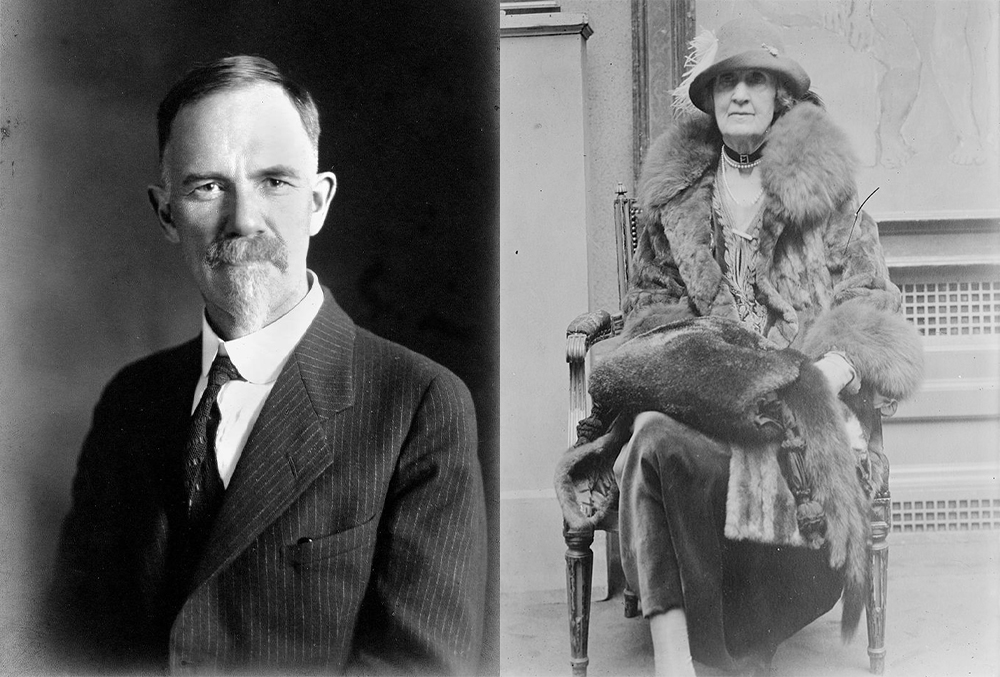
Charles Davenport was a driven man whose life’s work was to catalogue every distinct race of humanity. In his 1911 book Heredity in Relation to Eugenics, Davenport noted that Italians had a “tendency to crimes of personal violence,” while Jews coming from eastern Europe were marked by their “intense individualism and ideals of gain at the cost of any interest.” These immigrants “represent the opposite extreme from the early English and the more recent Scandinavian immigration with their ideals of community life in the open country, advancement by the sweat of the brow, and the uprearing of families in the fear of God and the love of country.” The new “blood” from Italians and Jews, Davenport concluded, would make the American population “darker in pigmentation, smaller in stature, more mercurial…more given to crimes of larceny, kidnapping, assault, murder, rape, and sex immorality.”
The terminology of race in the early twentieth century does not line up with contemporary labels and categories, in part because scientists like Davenport were interested in subdividing whiteness into finer categories. The terms ethnicity, ethnic group, and white ethnic did not yet exist; white ethnic would not gain currency until around 1970. Instead, the term race at the time was closer to, though not entirely the same as, what we call ethnicity today: a group of people with a distinct blend of culture, history, and genealogy. The shape of your nose, your temperament, and most critically your ability to participate in a democracy were all determined by the quality of your racial “stock.” All that put together is what made a person English rather than Greek or Hebrew or Chinese. Indeed a 1911 report on immigration produced by a special congressional committee, known as the Dillingham Commission, noted that the federal government recognized “forty-five races or peoples among immigrants coming to the United States, and of these thirty-six are indigenous to Europe.” This concept of race, like ours today, was fundamentally a fiction, a pernicious, constantly evolving ideology used to enforce existing social hierarchies. According to Davenport, race went deeper than nationality. It was in a person’s blood.
Considered this way, each new arrival passing through Ellis Island was entering into the American bloodstream, making it stronger or weaker. And so the eugenicists believed that the “national germ plasm,” as Davenport and others called it, had to be protected at all costs.
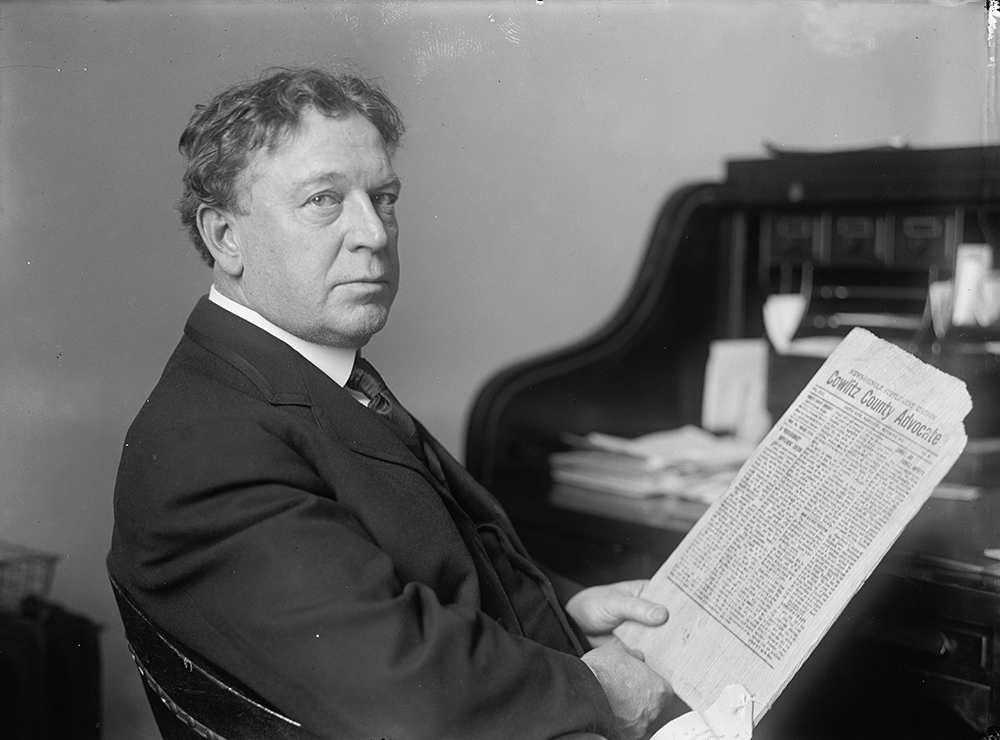
Not content to toil away in his lab, Davenport wanted his work at Cold Spring to change the world. He found a partner in Harry Laughlin, who was teaching agriculture in Kirksville, Missouri, when he wrote Davenport for advice in 1907 on how to breed chickens. Two years later the men met in person at a gathering of the eugenics group American Breeders’ Association. They forged an immediate connection. In Davenport, Laughlin found a willing mentor who could launch him overnight into the world of cutting-edge scientific research. Davenport, for his part, felt drawn to Laughlin’s humorless intensity.
With money secured from his benefactor Harriman, Davenport placed Laughlin in charge of a new department at Cold Spring called the Eugenics Record Office, which would popularize the scientists’ findings. Groups devoted to studying eugenics also sprang up in Europe, particularly in England. But it was the United States that would pioneer the writing of laws based on this burgeoning race science, including aggressive sterilization programs.
By 1913 twelve states across the country, including New York, California, Indiana, and New Jersey, had adopted laws requiring sterilization for anyone whose gene pool threatened to degrade the quality of successive generations. The definition for who should be sterilized could be incredibly broad, including anyone deemed an “imbecile,” “sexual pervert,” or “degenerate.” After Laughlin wrote a treatise called Eugenical Sterilization in the United States in which he outlined the “model” sterilization law, the state of Virginia used the text to write its own legislation, which would allow the state to forcibly sterilize more than seven thousand people over five decades—including Carrie Buck, a native of Charlottesville who became the center of one of the Supreme Court’s most infamous decisions. Supporters of sterilization, needing a test case to shore up the Virginia law, chose Buck, who had been adopted as a child and was later deemed “feebleminded.” Her case reached the Supreme Court, where Justice Oliver Wendell Holmes argued that Buck, her mother, and her daughter were all carrying inferior traits that needed to be stamped out of the population. “Three generations of imbeciles are enough,” Holmes wrote for the majority in the 1927 case Buck v. Bell.
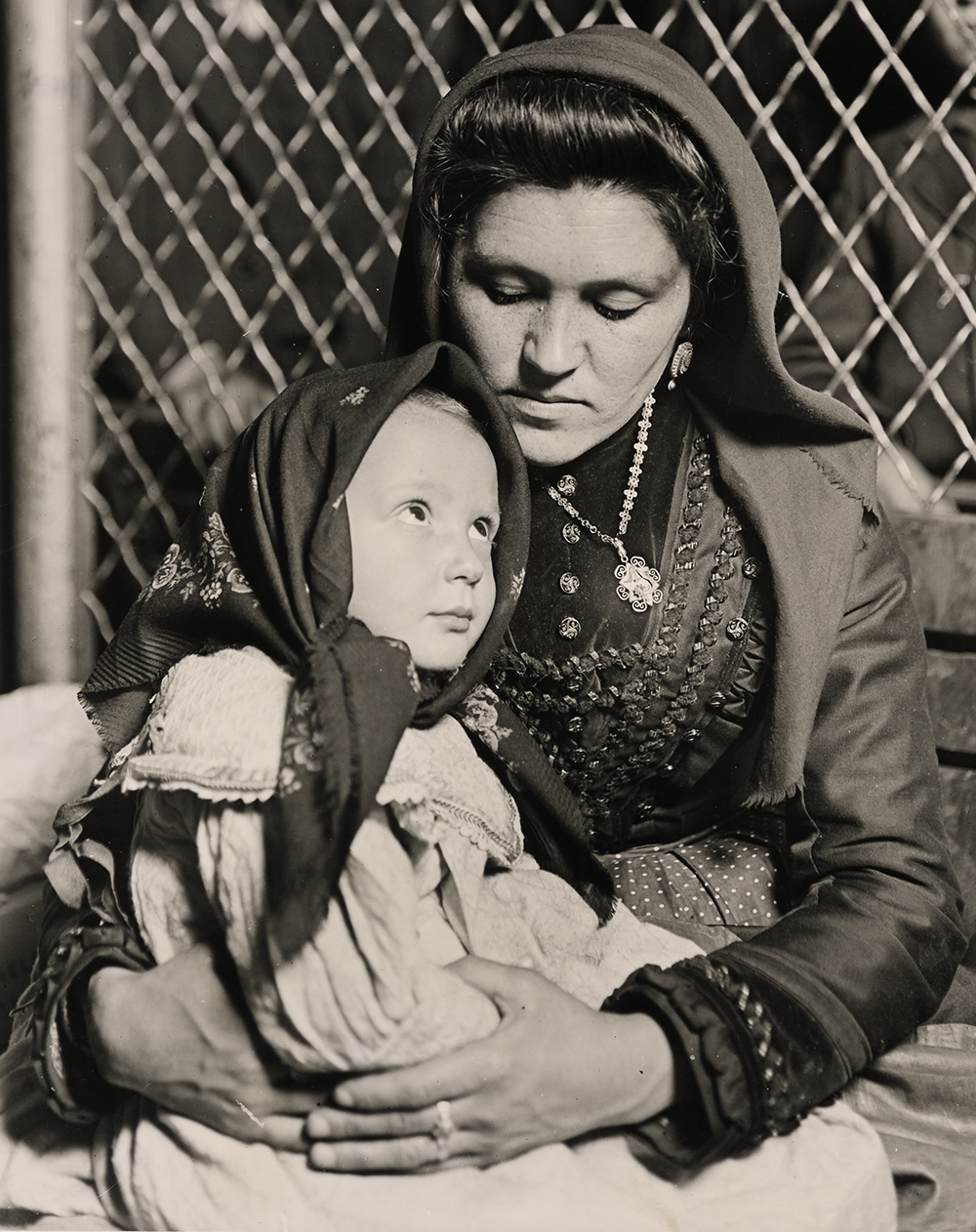
The eugenicists attained such political power in part due to a growing worship of expertise in policy making. In Wisconsin, Governor Robert La Follette had pioneered the notion that to solve society’s problems, lawmakers should turn to researchers and experts in crafting policy, whether it was about taxes, regulation, or public health. La Follette recruited experts, often from the University of Wisconsin, to turn his state into a lab for progressive goals, applying what was referred to as the “Wisconsin idea.” The model became widespread in American politics, where it remains a fixture today, in the form of “wonks” and various blue-ribbon commissions.
For Davenport and Laughlin, influencing state governments was only part of the plan. Because immigration was controlled most powerfully on the federal level, gaining a foothold in Congress was critical. And now they had finally done it.
Eight months after Laughlin testified, the House Immigration Committee passed a bill barring immigration for two years, with only a few exceptions for close relatives of citizens. When the bill reached the House floor, lawmakers rolled back the time span to fourteen months but passed it overwhelmingly in a 296–42 vote.
In the Senate, the prospects for the bill were less certain. Lobbyists for farming interests and the National Association of Manufacturers balked at cutting off immigration so drastically, though they acknowledged that some limits were probably necessary. Based on a proposal from Senator William Dillingham of Vermont, who a decade earlier had led the influential commission on race, the House and Senate settled on a compromise. Each European country would be allotted a quota limiting immigration to 3 percent of however many people of that nationality were counted in the 1910 census, and there would be an overall cap of 355,000 immigrants. (Data from the 1920 census was not yet available.) The limit would have the effect of freezing in place the country’s demographic balance from a decade earlier—a way to allay fears that Nordic Americans would soon be overrun in their own country. The proposal was easily accepted by both chambers and signed into law by Warren G. Harding, who had recently won election to the White House on a nationalist “America First” platform.
Excerpted from One Mighty and Irresistible Tide: The Epic Struggle Over American Immigration, 1924–1965 by Jia Lynn Yang. Copyright © 2020 by Jia Lynn Yang. Used with permission of the publisher, W.W. Norton & Company, Inc. All rights reserved.
